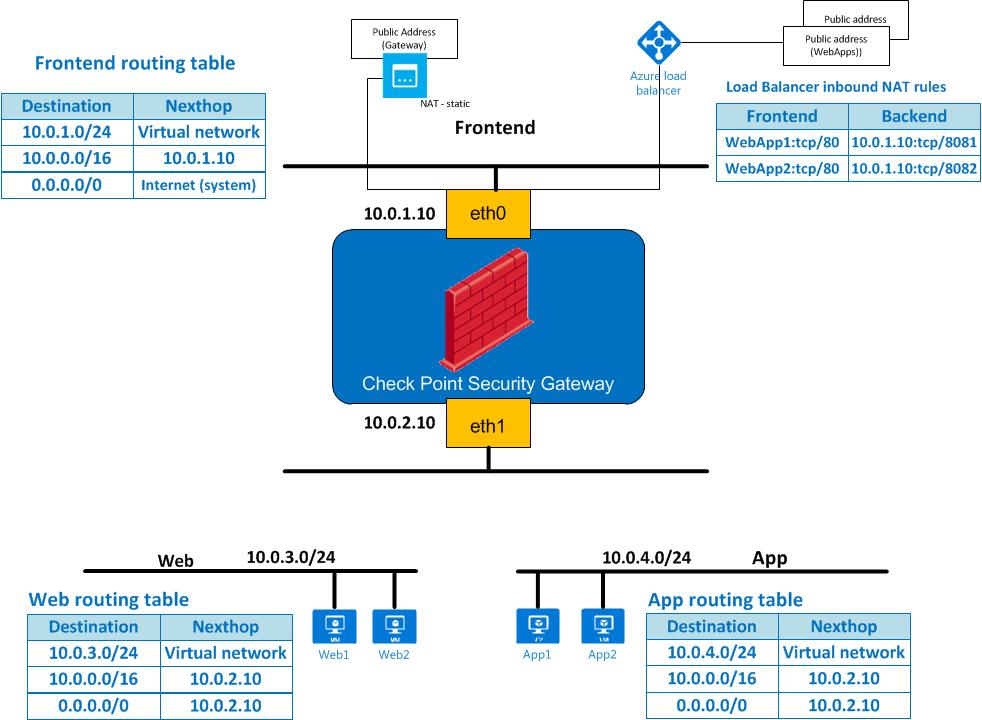

- #Install virus protection on azure vm how to#
- #Install virus protection on azure vm software#
- #Install virus protection on azure vm license#
FTDv Licensed Feature Limits Based on Entitlement The FTDv supports performance-tiered licensing that provides different throughput levels and VPN connection limits based on deployment Performance Tiers for FTDv Smart Licensing Management Center Administration Guide for guidelines when licensing your FTDv device. See the "Licensing" chapter in the Firepower PAYG licensing is not supported on the FTDv devices deployed in the FDM mode. Licensed features cannot be edited or modified from the FMC.

All licensed features (Malware/Threat/URL Filtering/VPN, etc.) are enabledįor a registered PAYG FTDv device. PAYG (Pay As You Go) licensing, a usage-based billing model that allows customer to run FTDv without having to purchase Cisco Smart Licensing.
#Install virus protection on azure vm license#
See the configuration guide for your management platform, either FMC or FDM, for complete information about interface support and configuration.īYOL (Bring Your Own License) using a Cisco Smart License Account. You configure your FTDv interfaces using your manager. To add addition vNICs to you FTDv deployment, following the guidelines provided by Microsoft’s Add network interfaces to or remove network interfaces from virtual machines. With larger instance support you have the ability to deploy the FTDv with a maximum of 8 vNICs.

#Install virus protection on azure vm how to#
You can assign a public IP address to other interfaces as needed see Public IP addresses for Azure's guidelines regarding public IPs, including how to create, change, or delete a public IP address. Public IP addressing-Assign public IP addresses to Management 0/0 and GigabitEthernet0/0. Manager to manage your FTDv see Managing the FTDv with FDM. You can use the integrated Firepower Device Management Center to manage your FTDv see Managing the FTDv with FMC. Guidelines and Limitations for the FTDv and Azure Outside interface (required)-Used to connect the FTDv to the public network. Inside interface (required)-Used to connect the FTDv to inside hosts.

For more information about configuring a data interface for FMC access, see the configure network management-data-interface command in Cisco Firepower Threat Defense Commandĭiagnostics and reporting cannot be used for through traffic. So you still need to configure it in your initial setup. The Management interface is a pre-requisite for data interface management, In 6.7 and later, you can optionally configure a data interface for FMC management instead of the Management interface. Management interface-Used to connect the FTDv to the Firepower Licenses for an overview of feature licenses for the firewall System, including helpful links.įor the FTDv and system compatibility, see FTDv Compatibility. License the FTDv see Cisco Firepower System Feature
#Install virus protection on azure vm software#
You can create one at Cisco Software Central. The “Cisco Firepower NGFW Virtual (NGFWv)” offering.Ī Cisco Smart Account. Īfter you create an account on Azure, you can log in, search the marketplace for Cisco Firepower Threat Defense, and choose Prerequisites and Requirements for the FTDv and AzureĪ Microsoft Azure account. Standard_F16s_v2-16 vCPUs, 32 GB, 4vNICs ( New in Version 7.1) Standard_F8s_v2-8 vCPUs, 16 GB, 4vNICs ( New in Version 7.1) Standard_D16s_v3-16 vCPUs, 64 GB, 8vNICs ( New in Version 7.1) Standard_D8s_v3-8 vCPUs, 32 GB, 4vNICs ( New in Version 7.1) Standard D5_v2-16 vCPUs, 56 GB, 8vNICs ( New in Version 6.5) Standard D4_v2-8 vCPUs, 28 GB, 8vNICs ( New in Version 6.5) The Firepower Threat Defense Virtual is integrated into the Microsoft Azure marketplace and supports the following instance types:


 0 kommentar(er)
0 kommentar(er)
